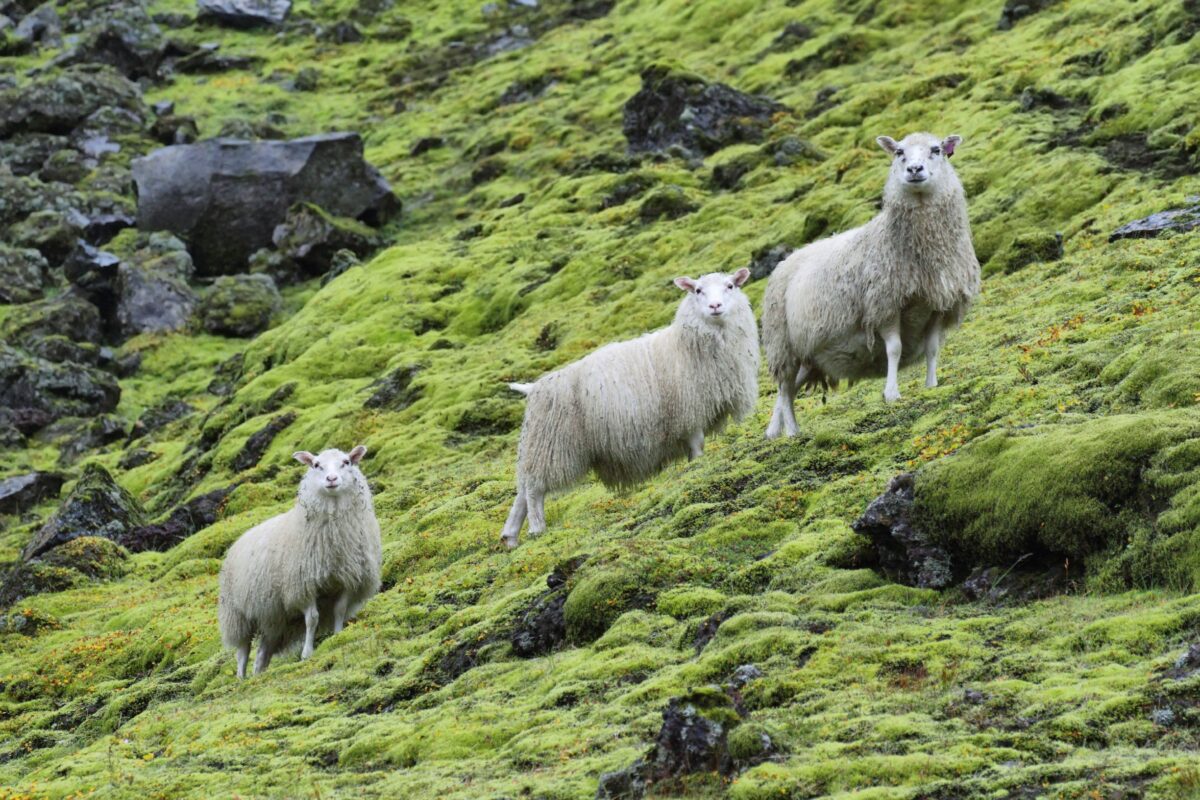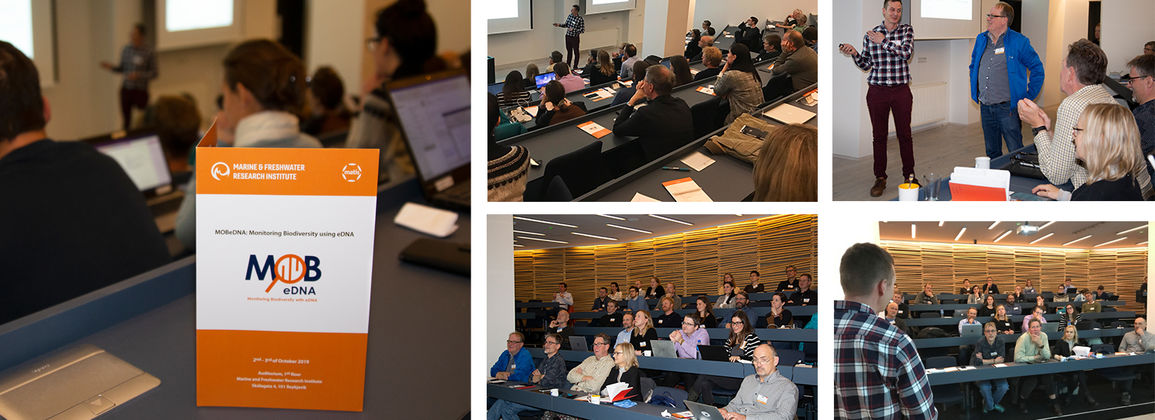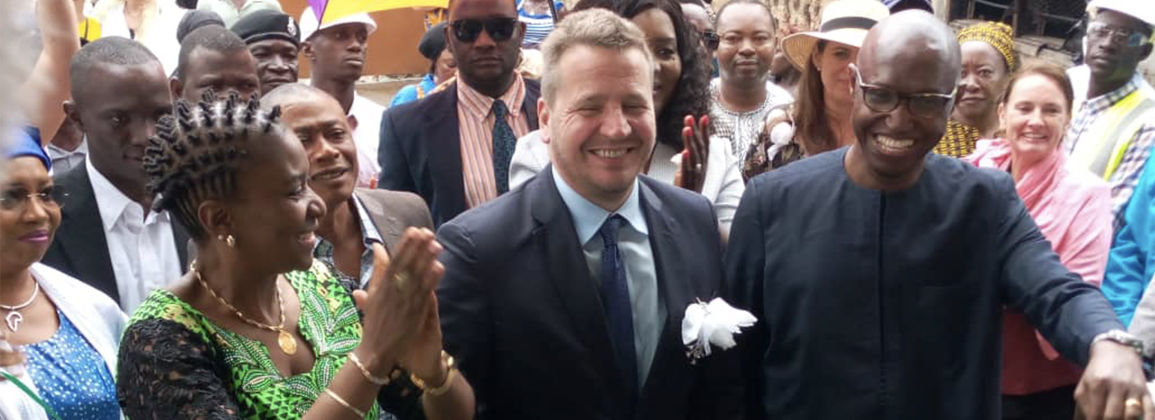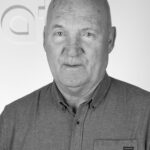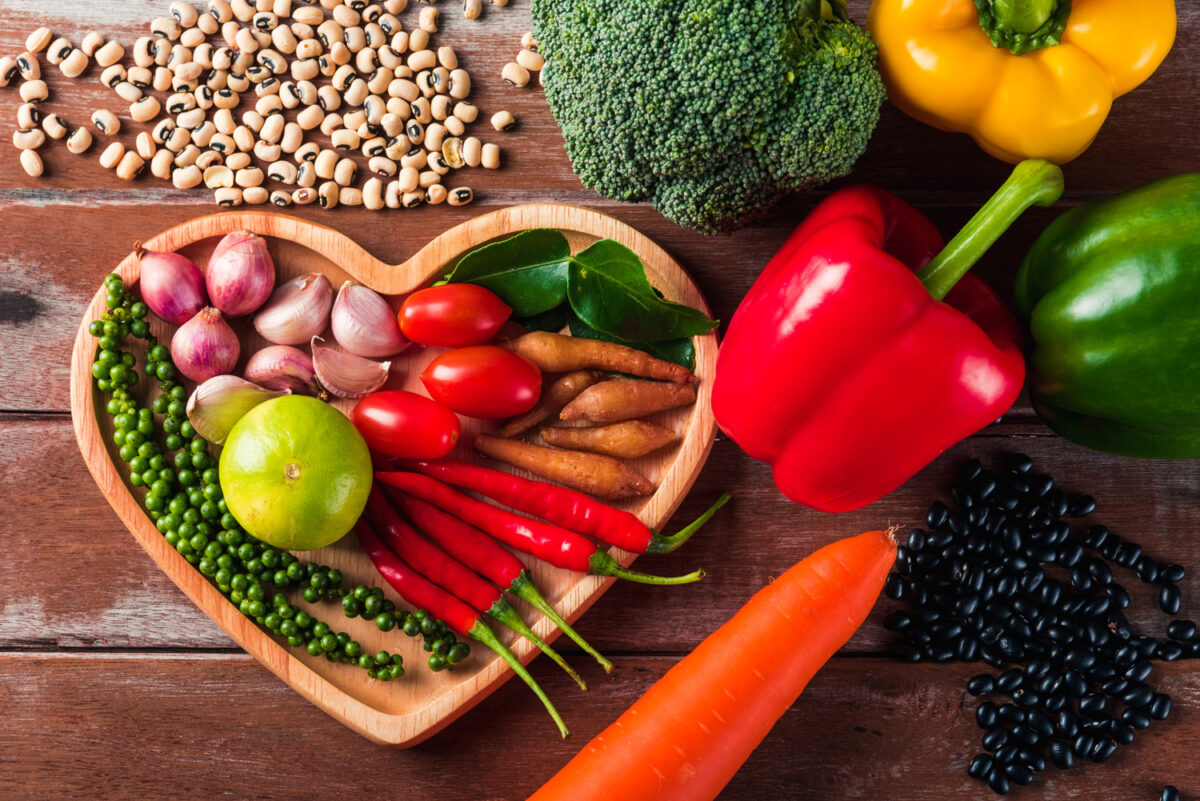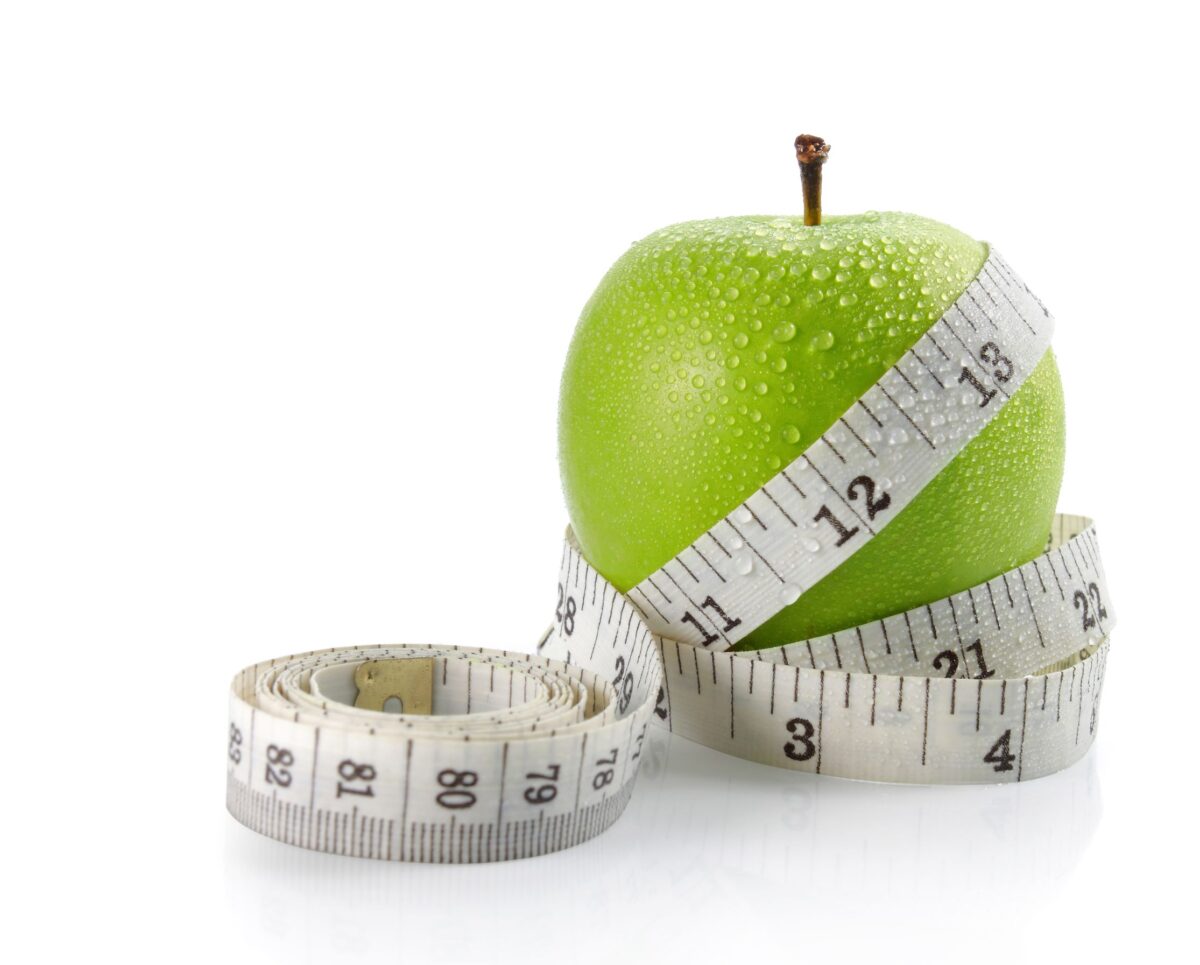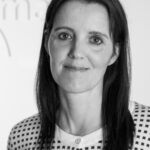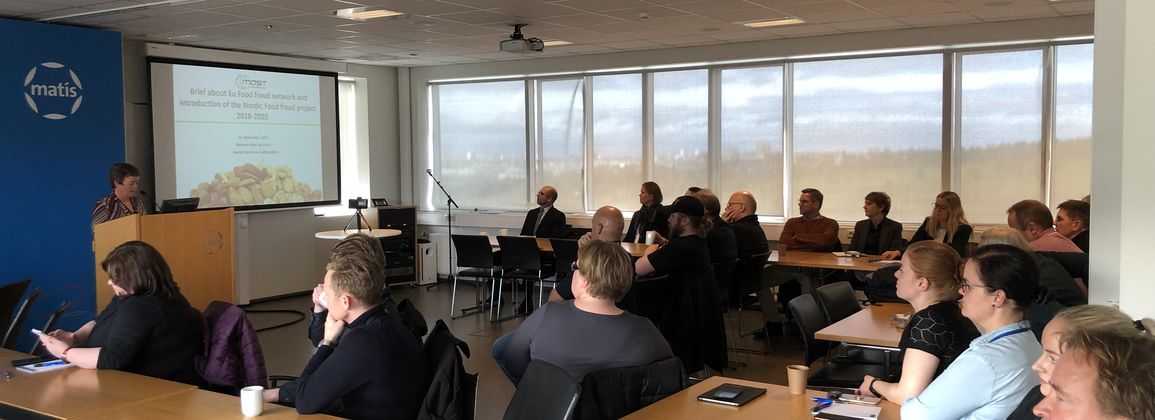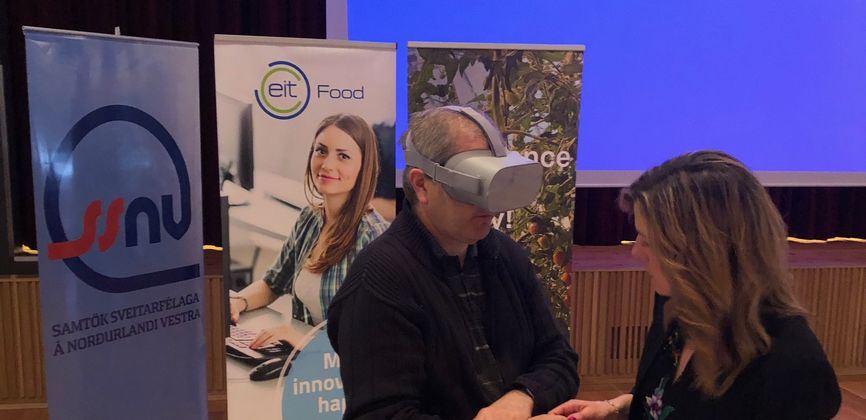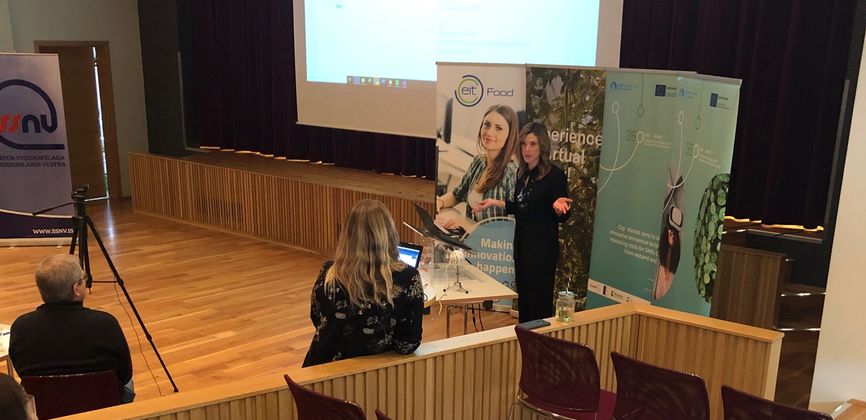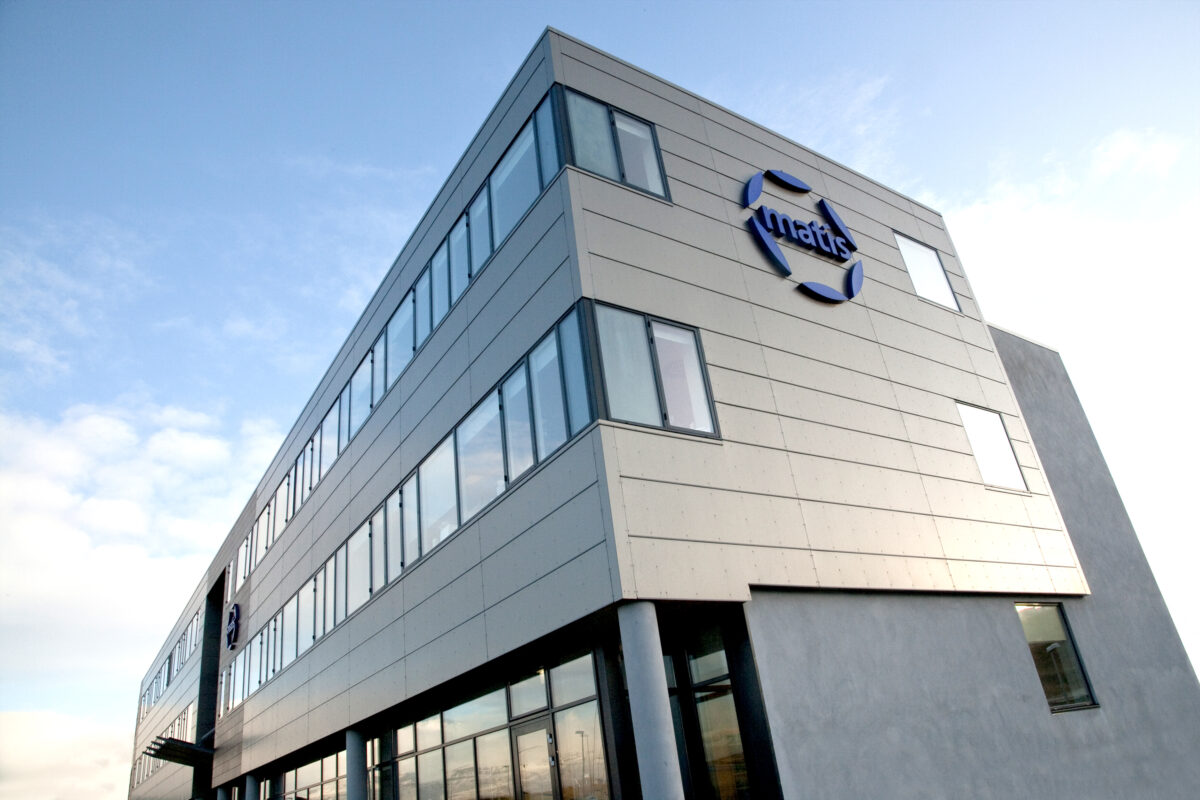Matís, the Agricultural University of Iceland and the Agricultural Advisory Center have in recent years worked together on projects on the quality of Icelandic lamb. Rit LbhÍ nr. 120 Factors influencing the quality of lamb by Guðjón Þorkelsson, Emma Eyþórsdóttir and Eyþór Einarsson, has been published. The publication discusses the results of a research project on the effects of treatment and breeding on the quality of Icelandic lamb, which was carried out in collaboration with Matís, AUI and RML.
Samples of almost 800 carcasses were taken in four slaughterhouses and various measurements were made both in the slaughterhouses and on the meat samples. The aim was to assess the status of Icelandic lamb meat based on quality measurements and make proposals for emphasis in breeding for meat quality and for proper treatment before and after slaughter. Tissue samples were also collected for genetic analysis in possible follow-up studies.
The publication also contains an overview of quality measurements of lamb meat, the results of their research both in Iceland and abroad.
- The main results included the following:
- The proportion of meat carcasses with an acidity above the limit for so-called stress meat was about 10%, which is too high. This can be supplemented by advice and supervision on the treatment of slaughter lambs.
- Electrical stimulation used to accelerate death stiffness after slaughter works differently and equipment must be adjusted and working methods used when using electrical stimulation.
- The percentage of fat in the spinal muscle was very low or about 1.8 % on average. It is proposed to investigate whether it is possible to increase intramuscular fat through breeding without increasing the surface fat of the carcass.
- Surgical force, which is a measure of viscosity, was measured higher than in previous studies. Too many samples were measured with high values indicating viscous meat. The cause is to be found in the treatment of carcasses in slaughterhouses, but cultivation for increased muscle is also a possible influencing factor.
- Preliminary assessment of heritability indicates that meat quality traits can be improved through breeding. With the advent of genome selection based on genetic analysis, new possibilities in this field are created.
The publication is available here.
The booklet "From mountain to quality food - about the treatment of slaughter lambs and lamb" which was published by Matís earlier this year is based, among other things, on the results of the project.

